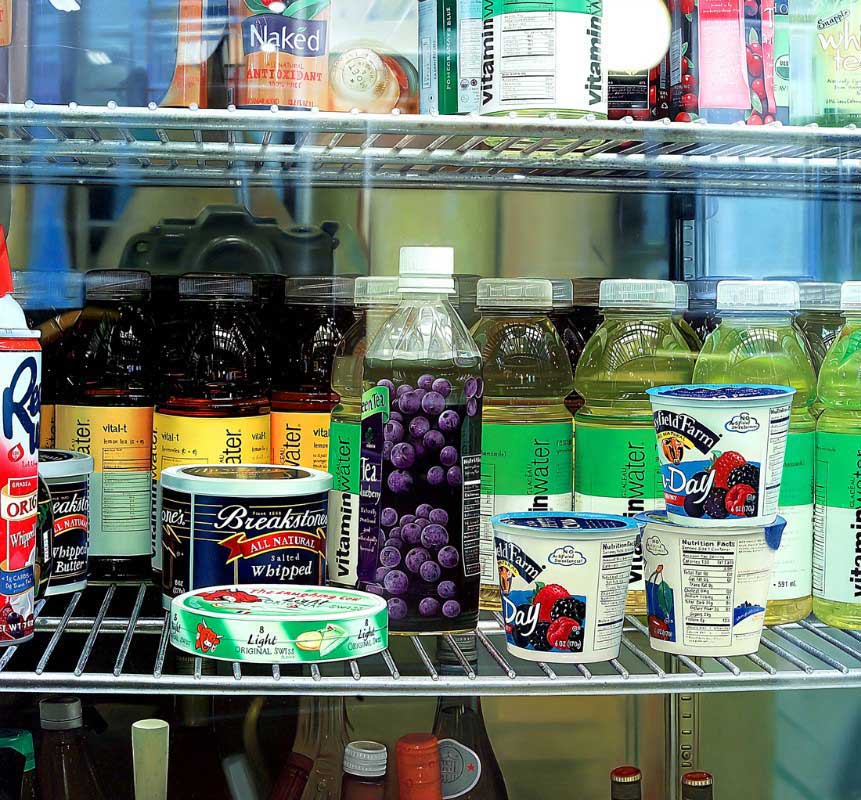Currently in Hyperrealistic Art
Hyperrealism is a highly selective category with a limited number of artists who may also be very well classified in different contexts at the same time. For many of them, Hyperrealism is initiatory - it is an expression of their interest in the objective world and the ability to capture it (Iban Navarro, Cesar Garcia, Angus McEwan, Yang Yu Tang, Stanislaw Zoladz, Armin Mersmann, Alexander Ignatiev, Raphaella Spence, Paul Dmoch, Robin Eley, Javier Arizabalo ad.). Often they may have an almost romanticizing and atmospheric approach to a topic (Renato Muccillo, Jay Moore, Gerhard Richter), or their aim may be to evoke a full haptic experience with the world (Tomáš Kubík, Clio Newton, Hisaya Taira, Greg Gandy).
Problematic social, cultural, and political moments, the themes of humanity, human loneliness, experience, and the quality of post-modern existence (Paul Cadden, Vincent Giarrano, Rod Penner, Denis Petterson) are all great topics. In this regard, Hyperrealism follows other variants of realism - it naturally responds to external circumstances. For some, such as the artists of the older generation in Central and Eastern Europe (Zdeněk Beran, Theodor Pištěk), the goal is a return to reality as an entity with its own aesthetic and artistic potential. Thanks to its proximity to the visual experience of human eyes and its evident self-reflexiveness, it is an exceptional starting point in exploring the limits of painting, the image, and their purpose and possibilities (Gerhard Richter, Chuck Close, Zdeněk Beran). However, that is why in many cases it works just as one possible of all the art strategies (contemporary painting from Cluj or Leipzig).
The broad philosophical straddle of contemporary approaches to the Hyperrealism is then connected with two very strong moments - the first ties to the limits of individualism, the second to materiality. The world we live in is made up of autonomous subjects and objects that generate situations and assume their descriptions. The hot debate today is whether there is still anything that unites and makes sense to all human beings without endangering the environment as a whole. Pictorial realisms, including Hyperrealism, shows that this may be the materiality of the tactile world itself. It is thus part of a much broader stream, which includes other object-oriented approaches in ontology, art history, archival studies, political, social, and anthropological sciences. They all try to move from a specific thing to the intentions that it has or indirectly creates - and thus prevent the danger of destruction that the end of the Anthropocene brings.
